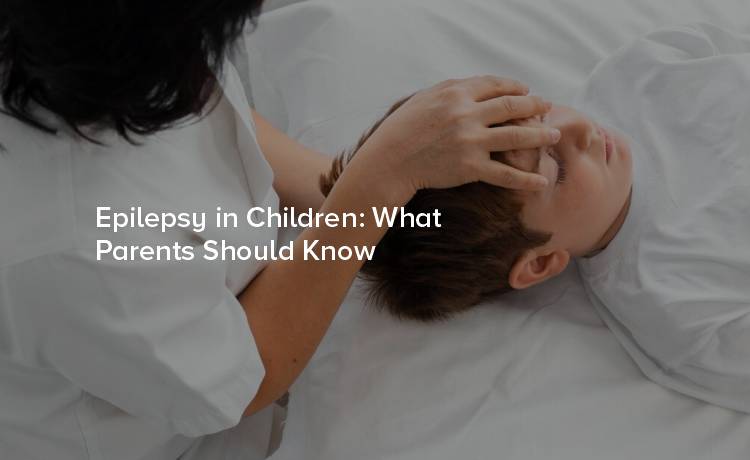
Epilepsy in children can be daunting for parents. Having your child diagnosed with a neurological disorder that causes seizures raises critical questions about their health, safety, and quality of life. However, understanding epilepsy, its management, and how to support your child can make all the difference.
Epilepsy is a neurological disorder characterized by recurrent seizures caused by abnormal electrical activity in the brain. It's one of the most common neurological conditions among children, impacting approximately 1 in 26 people at some point in their lives.
Children with epilepsy experience seizures that vary in type and severity. These seizures might manifest as strange sensations, uncontrollable movements, or even temporary loss of awareness. While epilepsy can be frightening for both the child and the parent, many cases are manageable with the right treatment and support.
There is no single cause for epilepsy in children—it's often linked to a variety of factors that either affect the brain's function or its development. Here are a few common causes:
While understanding the cause might provide clarity, it’s important to know that epilepsy doesn’t always have a clear origin. Many cases remain idiopathic, meaning the exact cause isn’t identifiable.
Seizures are the hallmark of epilepsy, but they don’t all look the same. Recognizing the signs is essential to seeking timely medical evaluation. Here are some symptoms to look for:
Types of Seizures
If you notice any of these episodes persistently, consult a pediatric neurologist for diagnosis and evaluation.
Diagnosing epilepsy involves a step-by-step evaluation. A doctor will review your child’s symptoms, medical history, and perform several tests to confirm the diagnosis:
Non-epileptic conditions (like fainting, panic attacks, or sleep disorders) occasionally mimic seizures. For an accurate diagnosis, it’s crucial to consult specialists in pediatric epilepsy.
The good news is that epilepsy in most children is treatable. The appropriate treatment varies depending on the type of epilepsy and the child’s overall health.
1. Medication
For most children, antiepileptic drugs (AEDs) effectively control seizures. There are a variety of medications available that target specific types of seizures. Always work closely with your neurologist to find the best fit, adjusting dosage as needed to balance seizure control with minimal side effects.
2. Ketogenic Diet
This high-fat, low-carb diet has been proven to reduce seizures in drug-resistant epilepsy. Healthcare providers can guide you in safely implementing it for your child.
3. Surgery
For a small number of children, surgical intervention may be recommended—especially when seizures consistently originate from a specific brain area. Surgery is typically considered only after medications and other interventions have failed.
4. Vagus Nerve Stimulation (VNS)
A device implanted under the skin sends electrical impulses to the vagus nerve, reducing seizure frequency. It’s often used alongside medication.
5. Lifestyle Management
Good sleep habits, balanced nutrition, and careful management of triggers (like stress or flashing lights) can significantly reduce seizure risks.
Epilepsy affects not only the child physically but also emotionally and socially. Your role as a parent goes beyond ensuring their medical needs are met—you’ll need to advocate for their well-being at home, in school, and within the community.
1. Foster Open Communication
Talk to your child about their condition in terms they can understand. Encourage them to share their feelings, fears, and challenges.
2. Work with Schools
Meet with teachers and staff to develop individualized learning or safety plans. Provide them with seizure first-aid training and educate them about epilepsy.
3. Focus on Positivity
Help your child maintain a sense of normalcy by encouraging them to pursue hobbies, sports, or interests they enjoy. Many successful professionals and athletes have epilepsy—it shouldn’t define their potential.
Sadly, misconceptions surrounding epilepsy often lead to stigma. By educating others, you can help dispel myths. Here are a few common ones:
Hearing the words “your child has epilepsy” can feel overwhelming, but rest assured that advancements in medicine, coupled with your love and support, put your child in a strong position to thrive.